
TagTam Hunt

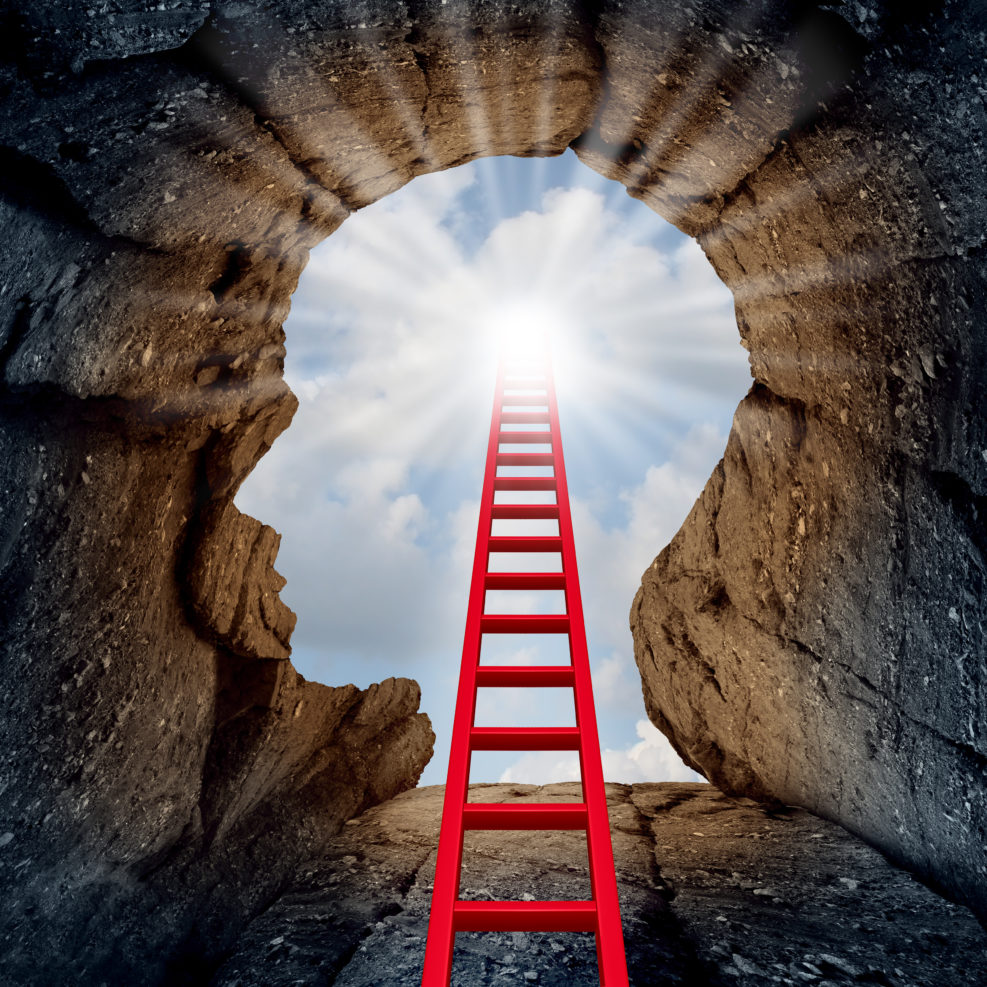
New Theory of Mind Offers More Information, Less Materialism
First, let’s begin by noting a remarkable fact: Panpsychism seems to have triumphed in the area of theories of consciousness.At Nautilus, evolutionary biologist Tam Hunt asks us to consider the “General Resonance Theory of Consciousness,” which he has been developing with psychologist Jonathan Schooler — “a framework with a panpsychist foundation. It may, he thinks, “at least in theory, provide more complete answers to the full array of questions the hard problem of consciousness poses.” Hunt’s quite clear about the panpsychism (the view that everything in the universe participates in consciousness): Since I came up in philosophy, rather than neuroscience or psychology, for me the easy part was deciding the philosophical orientation. Schooler and I duked it out over whether we should adopt a materialist, idealist, panpsychist, or some other position on our way to a complete answer. I Read More ›
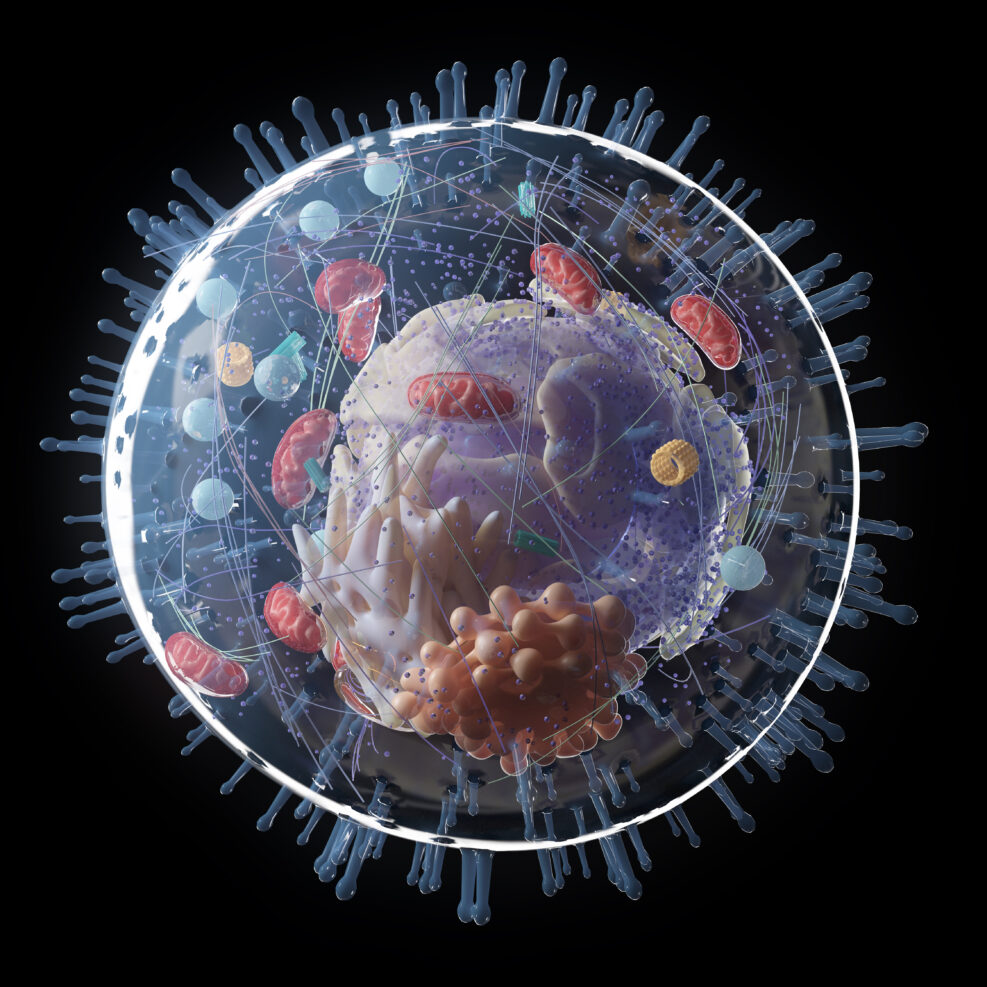
A New Theory Links Consciousness to Bioelectricity
Consciousness as a function of bioelectric fields? That’s a remarkable idea because it includes the notion that our individual cells are consciousBioelectricity is the electricity produced by living organisms as they go about the business of moving, breathing, digesting, etc. Bioelectric currents differ from electric currents that power machines because they consist of ions (molecules that carry an electric charge) rather than electrons. (Encyclopedia.com). But it is still electricity. So what’s the link with consciousness? Evolutionary biologist and lawyer Tam Hunt argues, Nature seems to have figured out that electric fields, similar to the role they play in human-created machines, can power a wide array of processes essential to life. Perhaps even consciousness itself. A veritable army of neuroscientists and electrophysiologists around the world are developing steadily deeper insights into the degree that electric and magnetic fields—“brainwaves” or “neural oscillations”—seem to Read More ›
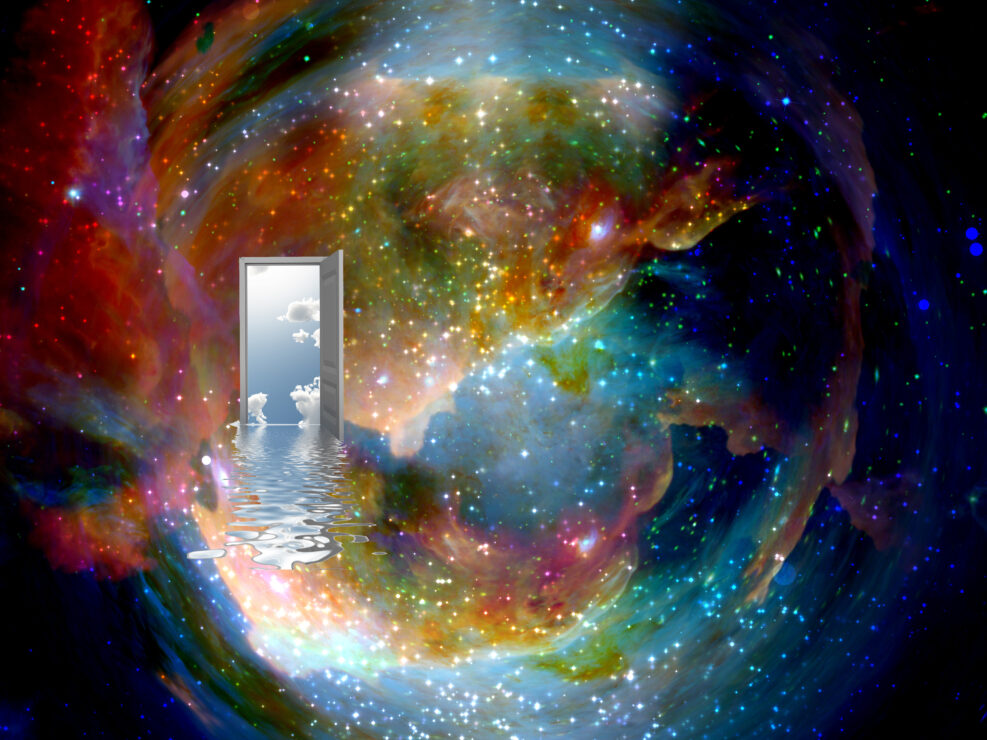
Everyone Seems To Be Looking For the “Seat of Consciousness”
Does consciousness have a seat at the table? Wait a minute. Isn’t consciousness the TABLE?Prominent neuroscientist Christof Koch, whose theory of consciousness is linked to panpsychism, has a new paper at Nature: Human Behaviour. Ideally, many science notables would like to “naturalize” human consciousness—to make it the same sort of phenomenon as the wind in the trees in a universe where nothing has any intrinsic meaning that sets it apart from anything else or points to a higher order of things. That would, of course, make calculation easier. But is it true? Here’s the abstract: Electrical stimulation of the human cortex, undertaken for brain surgery, triggers percepts and feelings. A new study documents an ordering principle to these effects: the farther removed from sensory input or motor output structures, the less likely it is Read More ›
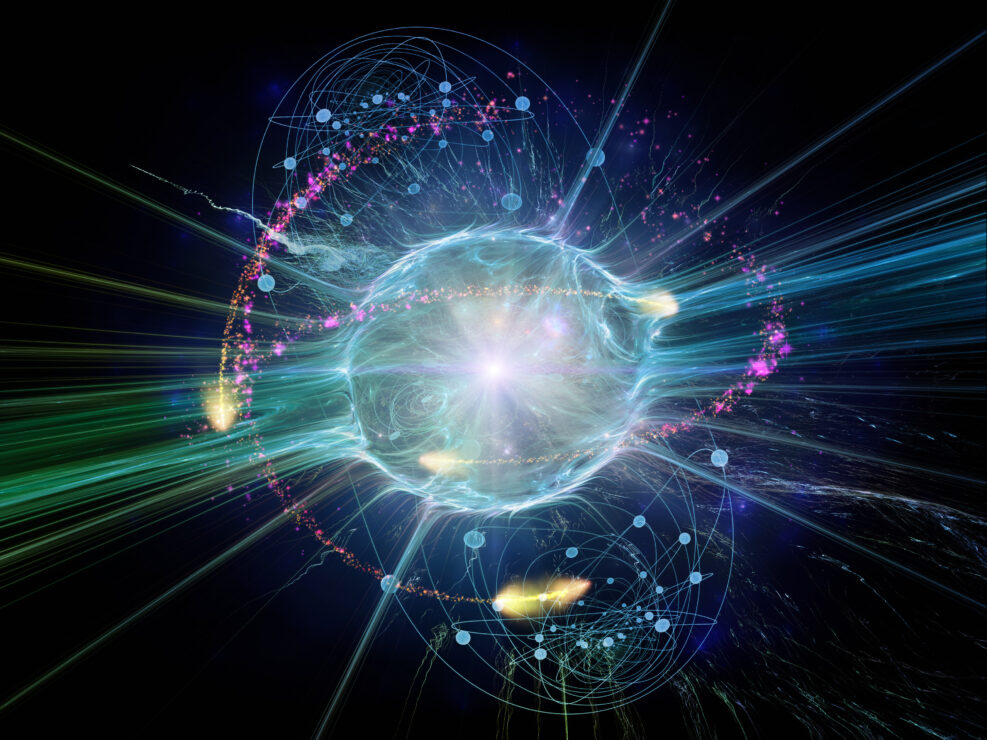
At Nautilus: Electrons DO have a “rudimentary mind”
Panpsychists in science believe that nature is all there is but, they say, it includes consciousness as a fundamental fact of natureA leading theory of consciousness, Integrated Information Theory (IIT) proposed by University of Wisconsin neuroscientist Giulio Tononi and championed by by another leading neuroscientist, Christof Koch, has clear panpsychist affiliations. It is favored by proponents of the idea that electrons are conscious. Whoa!, you say. How can electrons be conscious? Wouldn’t they at least need a brain to be conscious? Let’s hear an explanation from proponent Tam Hunt (right) at Nautilus: You might see the rise of panpsychism as part of a Copernican trend—the idea that we’re not special. The Earth is not the center of the universe. Humans are not a treasured creation, or even the pinnacle of evolution. So why should we think that creatures with brains, like Read More ›
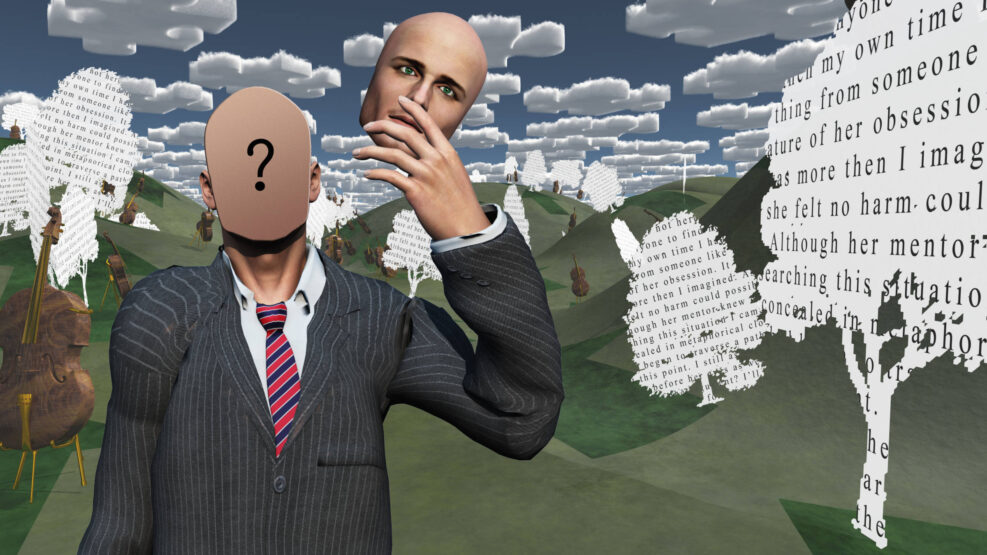
How Can We Study Consciousness Scientifically?
Tam Hunt offers some ideas at Scientific American but his dismissal of objectivity is cause for concern. There is a better way.Hunt is right that the scientific study of consciousness using merely third-person objective data is flawed—it is the idiotic flaw of behaviorism—but the notion that “objective” data needs scare quotes opens the door to a deconstruction of our knowledge of the natural world that is every bit as idiotic and dangerous as the crude materialist objectification of consciousness.
Read More ›